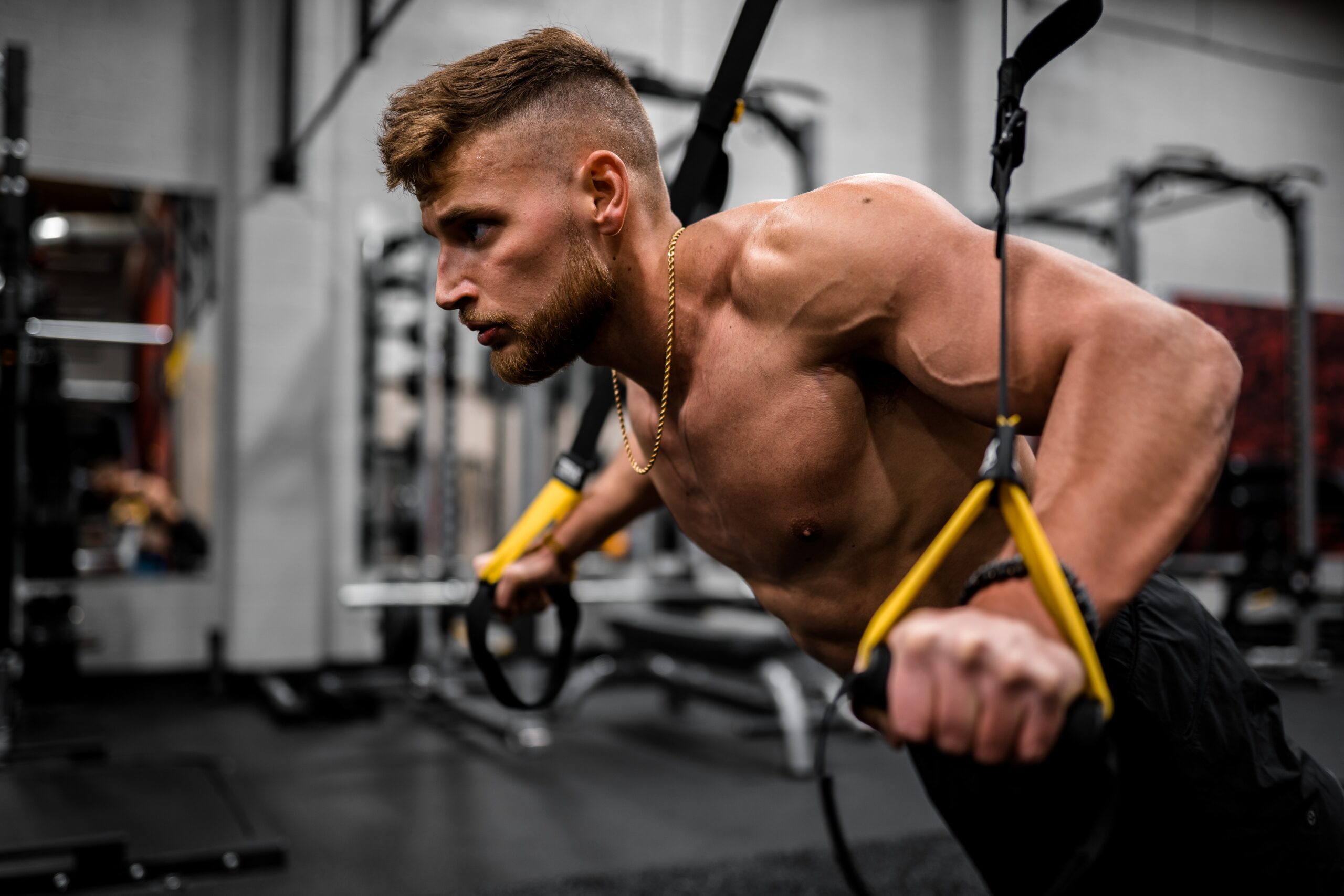For many sports in the Northern Hemisphere we are now entering the offseason portion of the annual cycle. For some this is simply a period in which they can cut loose and not worry too much about their training. For others this offseason could be a make or break point in their career. It can be very hard for an athlete to make progress in their offseason for a number of reasons. A lot of athletes fail to stay committed and motivated when they are outside of their team environment or without any immediate competition scheduled, others can be over eager and try to do too much. This can often lead to overtraining and burnout despite being outside of the competition period. Planning and organization is key to a successful offseason. The following article will discuss how to get the most out of an offseason and hopefully allow athletes to step up their ability for next season.
Step 1: Analysis
At the end of a competitive season athletes and coaches should review the performance of the season. Often mistakes are pretty clear at this point and athletes will have a good idea of their weaknesses. In order to maintain motivation and commitment it is important to identify areas where progress can be made. There is nothing more disheartening than finishing a season and being clueless as to where to improve. Regardless of success or failure, the notion of progress is a powerful motivator. Honest analysis of strengths and weaknesses is essential at this point. Building an offseason program is relatively simple if an effective evaluation has been completed.
Step 2: Rest
Often the first thing we tell an athlete to do is rest. A few weeks rest can be very beneficial at this time. Mental and physical strain stacks up over a season and often a couple of weeks rest can have a major impact on an athlete. The amount of rest depends on the time available but even a week can be enough to reset the athlete. Often this rest also makes an athlete restless and eager to train. This can be beneficial in an offseason where there is no competition to create that eagerness to work.
Step 3: The Program
This is obviously a very important component and will depend on the outcome of their end of season evaluation. The offseason should be approached with a triage perspective. Take care of the biggest weakness first. One caveat to this is timing. Some adaptations occur over very different time frames. For example an athlete may be a little undersized but definitely too slow. Addressing speed is essential but should not be done until the athlete is at a consistent weight. Hypertrophy may take more time and energy from an athlete. Often it can be hard to address hypertrophy inseason relative to speed and so the offseason period is more suitable to address it. Speed can then become a part of late offseason/preseason period. Careful planning is essential to ensure that the focus on one ability does not overwrite another.
There is great debate on the structure of programs and their efficiency. We take an approach with our athletes where we utilize block periodization in the offseason and then move towards concurrent and/or conjugate style during preseason and in season. The reason is most athletes tend not to lose their strengths significantly and if they do they usually regain them quite fast. In the offseason we use block periodization to really focus in on their weaknesses and make as much of an impact as possible. Sometimes this may neglect some of their stronger areas. When we move towards a conjugate style we hit on a little of everything. We then see a rapid return in their strengths while maintaining the progress made in their weak areas. The offseason then serves to fill in the holes in their abilities. For the majority of athletes this approach is effective in improving their performance from one season to another.
The offseason period can make a huge difference to an athlete. If it is individualized and shows the athlete a genuine prospect for improvement then motivation won’t be a major problem. Diligent monitoring of program will then make the program effective as it can be tweaked where needed to suit the needs of the athlete. The biggest mistake to make is to use a generic program which does not address the individual. This often makes situations worse as the athlete may fail to fix his weaknesses. There is nothing worse than the feeling an athlete has where no progress is being made. Consecutive seasons of stagnant performance can be a death blow to many athletes careers.
